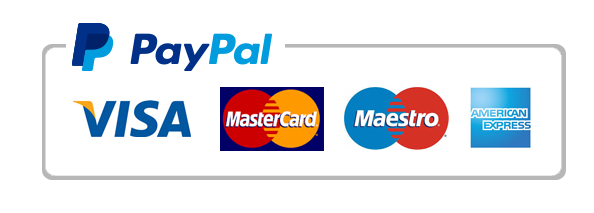Respond using APA, at least 2 scholarly references
Leadership Insights
Research indicates that promoting leadership development among employees requires the existence of effective organizational leadership (Mabona et al., 2022). This provided insight as the building up of our nursing leadership has been stagnant due to unease with executive leadership. Strong, effective leadership, or lack of, directly influences care, quality and motivation of staff (Mansel & Einion, 2019). We have nurses and leaders with great approaches for change, but a lack of motivation to do so. What was lacking was effective communication strategies, the ability for nurses to be actively involved in making decisions regarding patient care and having a substantial level of professional independence and influence over our work environment (Mabona et al., 2022).
During this week’s reading and research I stumbled across transformational leadership being an evidence-based leadership theory for nursing practice. It makes sense as building a trusting and respectful relationship is essential for implementing and fostering an empowering work environment. An empowering work setting is marked by the provision of information, support, resources, and learning opportunities (Mabona et al., 2022). Creating a supportive work environment fosters a culture of shared knowledge and a higher sense of duty and liability among nurses, while simultaneously safeguarding against and alleviating nurse burnout (Iqbal et al., 2019). Leaders who strive to cultivate a positive work environment through transformational leadership value and consider various viewpoints, display a comprehensive understanding of concerns, recognize and encourage the valuable contributions of nurses, effectively communicate achievements to boost confidence, maintain an approachable demeanor, and provide assistance to their staff (Mabona et al., 2022).
Transformational Leadership in Practice
We recently hired a new Chief Executive Officer (CEO), a position that has historically been filled by personnel with a clinical or medical background. This CEO however does not have this background. Rather than that hindering his abilities as a leader, he inspirationally utilized that as a key tool in motivating staff. Upon our first interaction, he encouraged the nursing team to take ownership of our profession/department and provide him with justifications to our needs and goals. He was transparent in pointing out that he is naïve to what we do and what our needs are, yet was able to still support us a valuable partners in the organization and pledge support to our success as well. This defined him as a transformational leader.
Interestingly enough, study findings show that when nursing staff perceives their leader as transformational, their psychological empowerment is enhanced, and they have higher well-being, which in turn increases their commitment to their workplace (Iqbal et al., 2019). This deemed true for our organization. The CEO sparked motivation that was lacking previously and motivated the nursing team to implement changes that were long overdue. Our admissions process was tedious and outdated for quite some time and was needing revamped but had previously lacked the support to do so. We then did a time study on the process for two-weeks, reviewed the ways in which we could improve that process, piloted those changes, completed a time study to evaluate the effectiveness of those changes, and then received the approval to move forward with those changes. A transformational leadership model has had a positive impact on our department and facility as a whole. Employee attitudes and behaviors have changed which has in turn increased job performance, satisfaction, and turnover.
References
Iqbal, K., Fatima, T., & Naveed, M. (2019). The impact of Transformational leadership on nurses’ organizational Commitment: a multiple mediation model. European Journal of Investigation in Health, Psychology and Education, 10(1), 262–275. https://doi.org/10.3390/ejihpe10010021
Mabona, J. F. M., Van Rooyen, D., & Ham-Baloyi, W. T. (2022). Best practice recommendations for healthy work environments for nurses: An integrative literature review. Health Sa Gesondheid- Journal of Interdisciplinary Health Sciences, 27. https://doi.org/10.4102/hsag.v27i0.1788
Mansel, B., & Einion, A. (2019). ‘It’s the relationship you develop with them’: emotional intelligence in nurse leadership. A qualitative study. British Journal of Nursing, 28(21), 1400–1408. https://doi.org/10.12968/bjon.2019.28.21.1400

